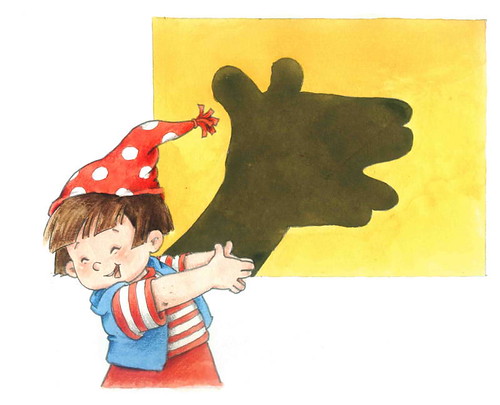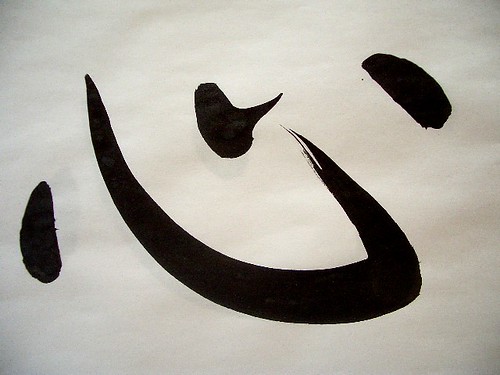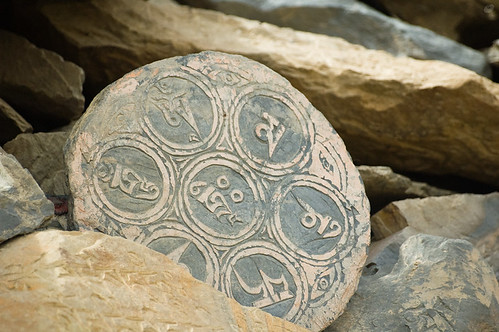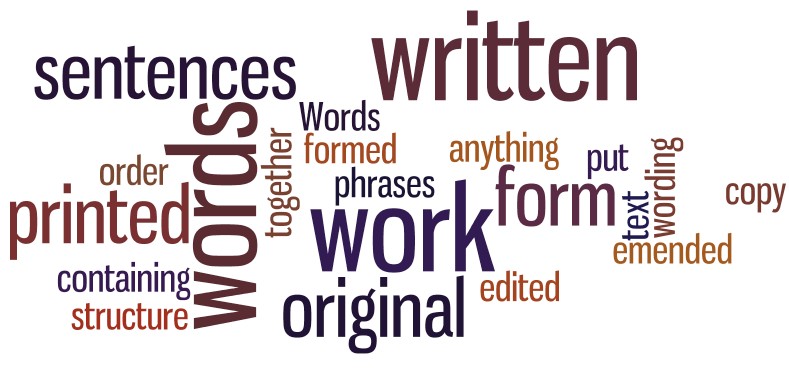When we were to define what we thought text was I wrote that it was a string of morphemes. I soon found this definition to be very limited. Once I thought of what it means I came up with the idea of this picture. I took this picture because it shows reminds the variety of meanings for the word TEXT and how much it has changed. We can see here text as in a passage in the bible, text as words, and the newest meaning of text as a message you send on your phone. It is very interesting to see how many different meanings this small word has taken on.
Add me to the Weblog!
If you want to add yourself to this blog, please log in.
Categories
Authors
Recent Comments
- coffeys on Digital Literacy and Law Enforcement
- Annette Smith on Gord Higginson’s ETEC 540 Rip.Mix.Feed
- Annette Smith on Making Connections
- Annette Smith on Making Connections: Opening Doors (cautiously?)
- coffeys on Gord Higginson’s ETEC 540 Rip.Mix.Feed
Archives
Tags
- adora
- Assignment 3
- Bolter
- Chandler
- commentary 1
- commentary 2
- communication
- connections
- education
- ETEC540
- Feed
- Final thoughts
- history
- hypertext
- Ifeoma
- images
- information
- introduction
- Invention
- Iris
- Jung
- language
- learning
- literacy
- media
- memory
- Mix
- multiliteracies
- Ong
- orality
- Postman
- Power
- reading
- remediation
- research paper
- Rip
- rip.mix.feed
- technology
- text
- vicki
- video
- visual
- words
- writing












